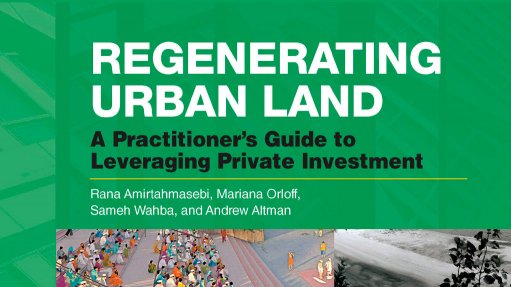
The public sector can rarely be the sole implementer of large urban regeneration projects. Private investment is key to securing the necessary financial resources, while the viability of regeneration efforts relies largely on buy-in from the community and private sector.
Urban regeneration takes time. Therefore, cities that are serious about revitalising declining areas need to stick to a long-term vision that can withstand political swings and bureaucratic reassignments.
There is no “one-size-fits-all” approach to urban renewal: while any city can benefit from a sound urban regeneration program, how it gets there will depend on a variety of factors such as the existing urban landscape, income level, institutional and legal environment.
Regardless of the local context, strong institutions and well-enforced zoning and property tax systems are essential prerequisites to a successful regeneration program.
When handled properly, public-private urban regeneration programmes are an efficient use of public resources: in many projects, each dollar of public investment was matched by multiple dollars of private investment, and generated significant tax revenue.
Eight cities that did it right
The report draws on the experience of eight cities from different regions and income groups that worked closely with the private sector to rejuvenate neglected urban areas:
- Ahmedabad, India
- Buenos Aires, Argentina
- Johannesburg, South Africa
- Santiago, Chile
- Seoul, Republic of Korea
- Shanghai, China
- Singapore
- Washington DC, United States
Report by the World Bank Group